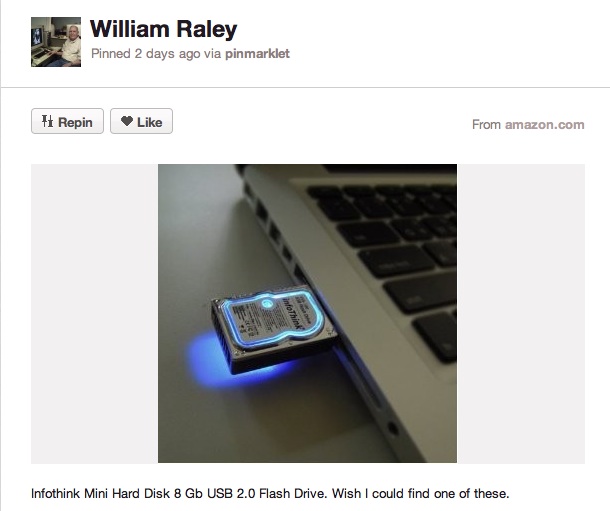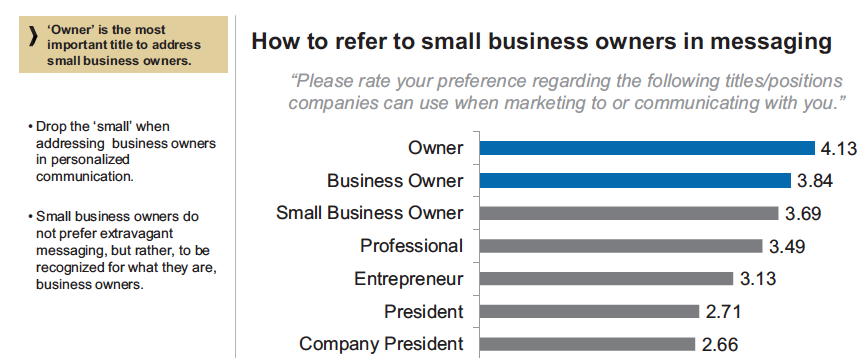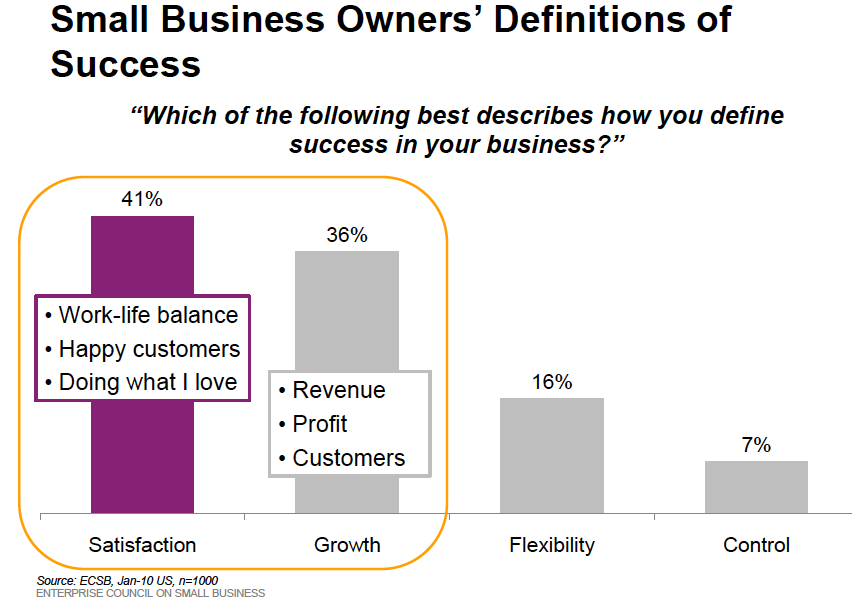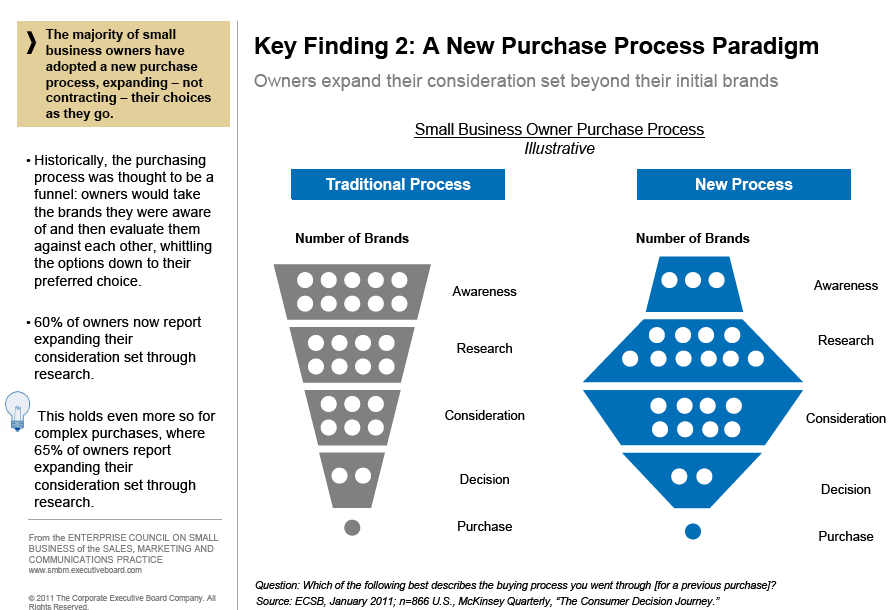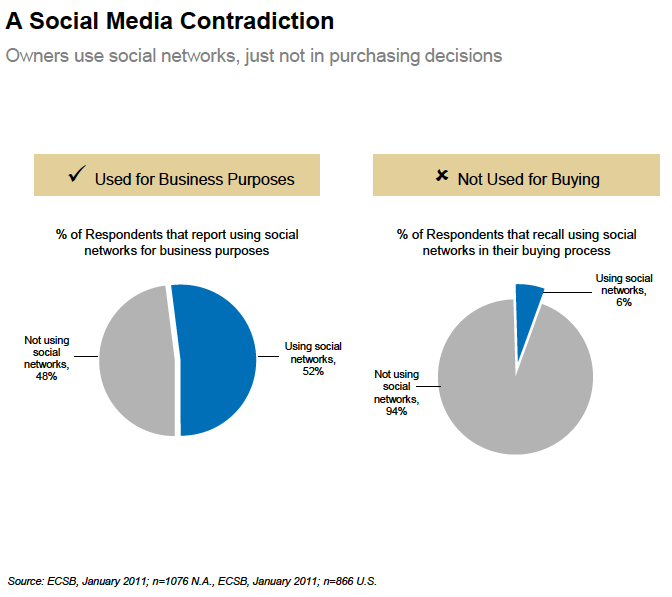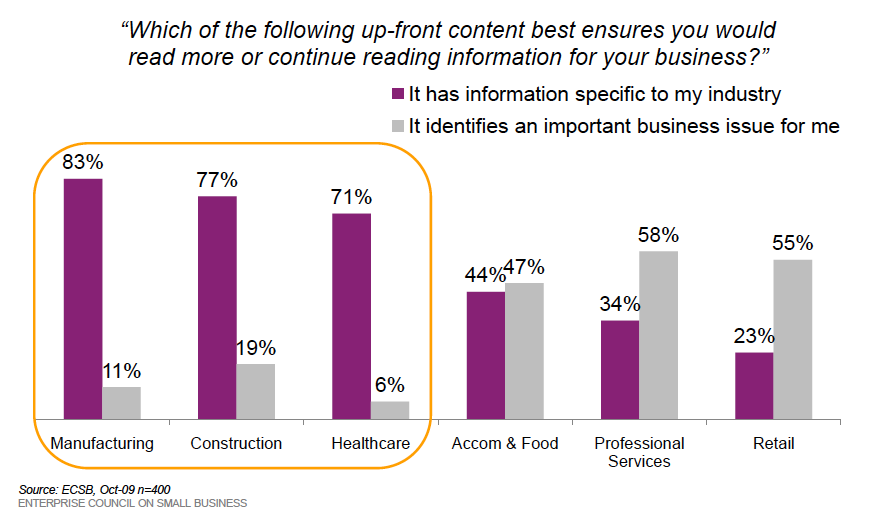Original post date February 17, 2011
On the flight to LA the other day I read an article about Evan Williams, founder of Twitter and Blogger.com. In the article, Williams was asked what the difference was between Twitter and Facebook. He said, “Twitter has information about what’s going on in the world that you care about and that’s different from Facebook’s value proposition, which is a way to stay in touch with people you know.” Coincidently, The Social Network was the in-flight movie.
As I thought about those comments, and the movie, it exposed an area of our lives that seems to be missing from social platforms. If Facebook connects us with our friends and family, and Twitter to “the world we care about,” what connects us in our daily lives? I’m talking about our local area, city and neighborhood, our offline community, the world in which we live everyday.
The more I thought about the need the more it seems like it’s not as much a social platform as it is a functional tool or in other words, an enabler; how can a platform make our lives easier by linking our social network with practical and time saving tools.
For example, my wife is a “room mother” at one of our child’s schools. Her role is to plan, organization and host class events…and chase other parents to contribute time, money, food or all of the above. She uses old Web 1.0 tools like email, a group mailing list, and the phone to accomplish her tasks.
In addition, our kids are active in sports, which requires carpooling, registrations, getting directions to games, status updates on field conditions all done via separate web sites or portals. On top of that our lives – thanks to mobile devices – now mix personal and business hours all throughout the day, and they often collide.
My hope for Web 3.0 is that it will evolve as specific applications of Web 2.0 tools that provide efficiency. These applications will be developed through the greater understanding of how we live our daily lives. The paradigm shift is moving from investing time online to maintain our presence (through FB, etc.) to having online tools that enable us to be more present in our offline world.
What might that platform look like? It’s mobile, and it could include any or all of the following:
- Reviews become Recommendations – components of Yelp, Tripadvisors, etc. for local restaurants and merchant, but also, reviews, recommendations and contact information for teachers, coaches, babysitters, etc.
- Groups become Communities – like a Linkedin or Facebook group organized around local groups/clubs you participate in, including church, school, athletic teams, etc. Communities are built automatically when you register to join.
- Discounts & Loyalty Programs become Active– a Groupon.com like application for local merchants, GPS and mobile enabled to pop offers in the store and automatically tracks your spend. Additionally it would allow us to pool and direct our points to local groups (see above).
- GPS locator becomes an Status Alert – a mash up of GPS and Foursquare, alerting us to movement and activity of family members (especially teenagers) at any moment.
- Lists with Automated Fulfillment – this is a big one, a digital list builder that sync’s with Peapod (or other Grocery Store home delivery service), with a shopping cart threshold that will automate trip deliveries and credit coupons.
- Reminders become Personal Assistants – voice activated and controlled, adds and reads calendars. Helping us remember school plays, play dates, birthdays and especially anniversaries.
In the movie, Zuckerburg asked Sean Parker (co-founder of Napster) his advice about monetizing the site by selling advertising. Sean tells him not to because FB has a coolness factor about it and advertising would kill; “like going to a really great party and telling everyone it ends at 11 pm.”
I’m sure that if I spent enough time on Ioogle or looking in various Apps stores, I could configure solution for my need, but that would take time, rather than give it. What we “35-50 years olds” want is a time machine. Hell, it could include advertising and it would still be cool. Now that’s a great party…and we might even have the time now to attend.



